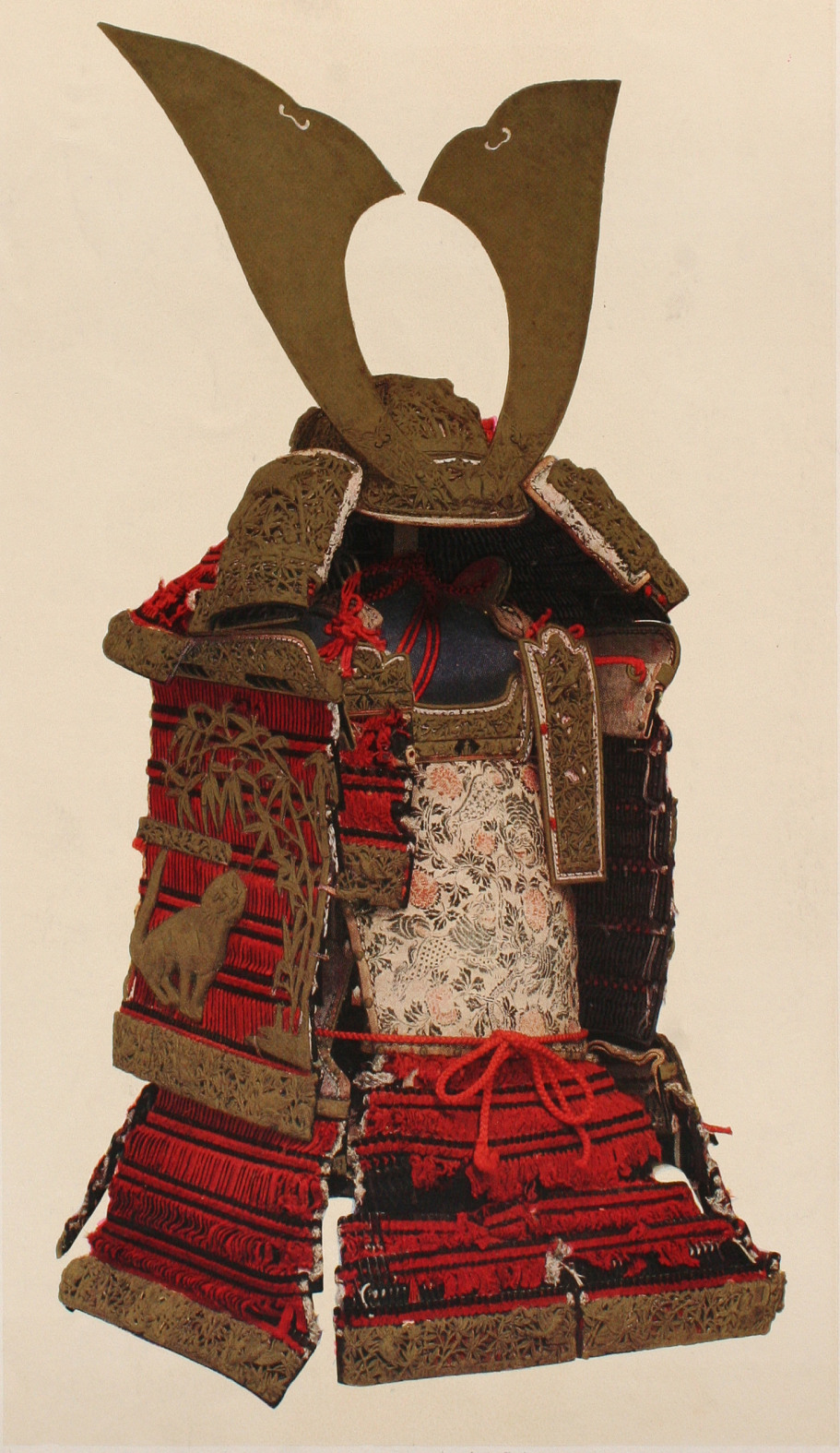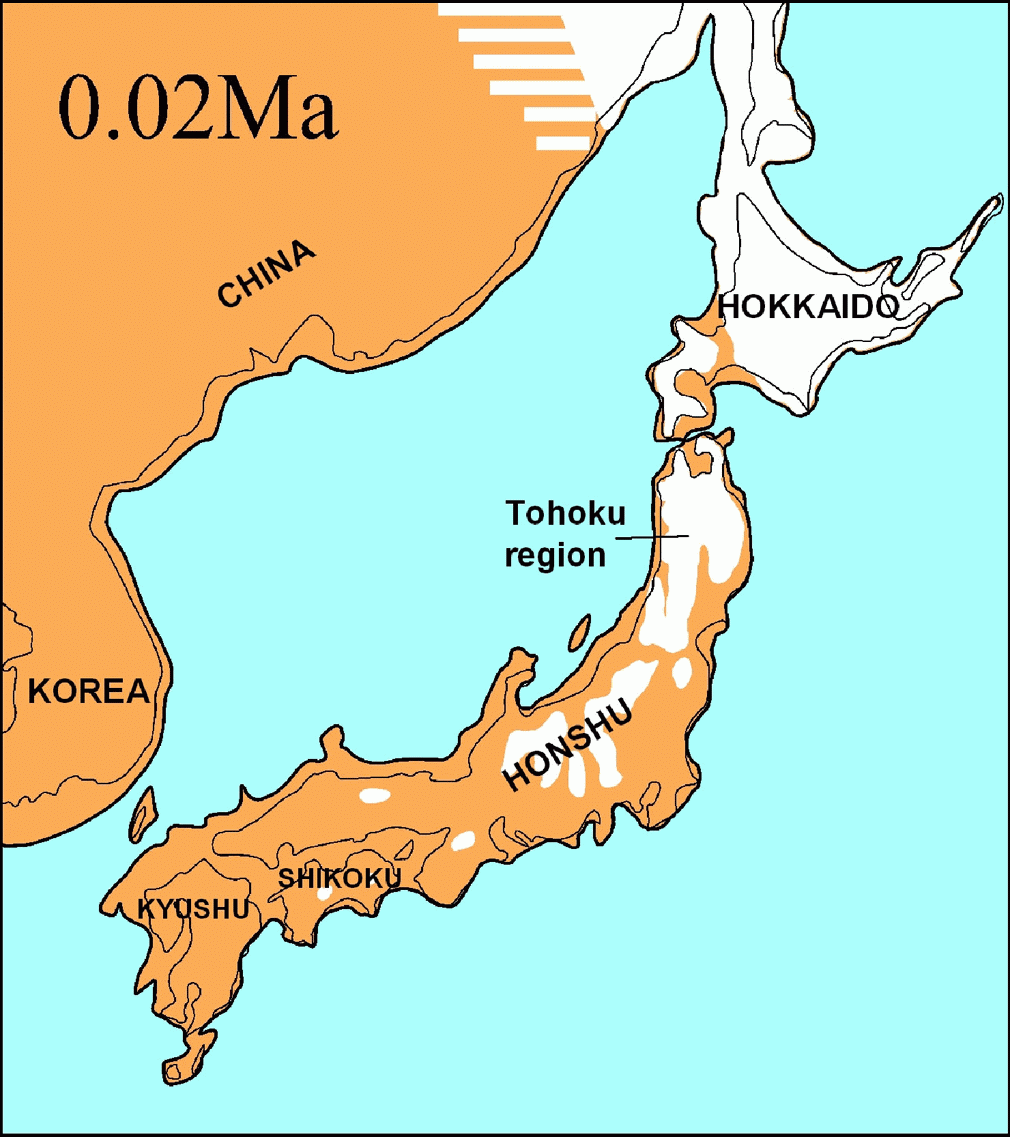|
Manchira
Auxiliary armour in a set of Japanese armour are optional pieces worn by the samurai class of feudal Japan in addition to the traditional six armour components. Description The six major articles or components of Japanese armour (''hei-no-rokugu, roku gu, or roku gusoku'') are the dou or dō (chest armour), kabuto (helmet), mengu (facial armour), kote (armoured sleeves), sune-ate (shin armour), and the hai-date (thigh armour). Additional armour protection was available for the neck, armpit, chest, waist and feet. These auxiliary armours covered areas of the body that were exposed by gaps in the regular armour items or where additional protection was required. Wakibiki Wakibiki are simple rectangles of cloth covered with ''kusari'' (chain armor), ''karuta'' (small rectangular or square plates), or ''kikko'' (hexagon plates). These iron or leather armours or a combination of them were sewn to the cloth backing. Wakibiki could also be made from one solid piece of iron or hardened leat ... [...More Info...] [...Related Items...] OR: [Wikipedia] [Google] [Baidu] |
Japanese Armour
Scholars agree that Japanese armour first appeared in the 4th century, with the discovery of the cuirass and basic helmets in graves. During the Heian period (794–1185), the unique Japanese samurai armour ''ō-yoroi'' and ''dō-maru'' appeared.式正の鎧・大鎧 Costume Museum The Japanese cuirass evolved into the more familiar style of body armour worn by the samurai known as the Dou (dō), dou or dō, with the use of leather straps (nerigawa), and Japanese lacquerware, lacquer for weatherproofing. Leather and/or iron scales were also used to construct samurai armours, with leather and eventually silk lace (''kumihimo'') used to connect the individual scales (kozane) of these cuirasses. In the 16th century, Japan began trading with Europe, during what would b ... [...More Info...] [...Related Items...] OR: [Wikipedia] [Google] [Baidu] |
Samurai
The samurai () were members of the warrior class in Japan. They were originally provincial warriors who came from wealthy landowning families who could afford to train their men to be mounted archers. In the 8th century AD, the imperial court downsized the national army and delegated the security of the countryside to these privately trained warriors. Eventually the samurai clans grew so powerful that they became the ''de facto'' rulers of the country. In the aftermath of the Gempei War (1180-1185), Japan formally passed into military rule with the founding of the first shogunate. The status of samurai became heredity by the mid-eleventh century. By the start of the Edo period, the shogun had disbanded the warrior-monk orders and peasant conscript system, leaving the samurai as the only men in the country permitted to carry weapons at all times. Because the Edo period was a time of peace, many samurai neglected their warrior training and focused on peacetime activities such as a ... [...More Info...] [...Related Items...] OR: [Wikipedia] [Google] [Baidu] |
Feudal Japan
The first human inhabitants of the Japanese archipelago have been traced to the Paleolithic, around 38–39,000 years ago. The Jōmon period, named after its cord-marked pottery, was followed by the Yayoi period in the first millennium BC when new inventions were introduced from Asia. During this period, the first known written reference to Japan was recorded in the Chinese '' Book of Han'' in the first century AD. Around the 3rd century BC, the Yayoi people from the continent immigrated to the Japanese archipelago and introduced iron technology and agricultural civilization. Because they had an agricultural civilization, the population of the Yayoi began to grow rapidly and ultimately overwhelmed the Jōmon people, natives of the Japanese archipelago who were hunter-gatherers. Between the fourth and ninth centuries, Japan's many kingdoms and tribes gradually came to be unified under a centralized government, nominally controlled by the Emperor of Japan. The imperial dynast ... [...More Info...] [...Related Items...] OR: [Wikipedia] [Google] [Baidu] |
Tabi
are traditional Japanese socks worn with thonged footwear such as zori, dating back to the 15th century. History Japanese are usually understood today to be a kind of split-toed sock that is not meant to be worn alone outdoors, much like regular socks. However, were originally a kind of leather shoe made from a single animal hide, as evidenced by historical usage and the earlier form of the word, , written , with the kanji literally signifying "single hide".'' Nihon Kokugo Daijiten'', entry for tabi available onlinhere(in Japanese)'' Dajirin'', second edition, 1995'' Shin Meikai Kokugo Jiten'', fifth edition, 1997 As Japanese footwear evolved, also changed, with the split-toe design emerging towards the late Heian period (794–1185 CE) to allow the wearer to accommodate the thong of sandals.'' Sekai Dai Hyakka Jiten'', second edition, entry available onlinhere(in Japanese) Outdoor versions of involved some kind of reinforcement, with soles traditionally made of cloth, ... [...More Info...] [...Related Items...] OR: [Wikipedia] [Google] [Baidu] |




